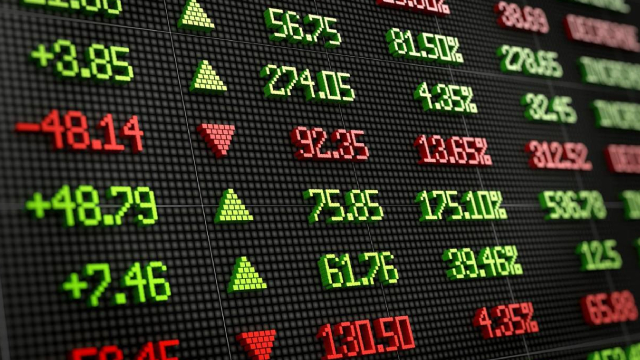The Impact of U.S. Presidents on ETF Selection: A Complex Relationship
In an ideal world, the investment decisions of advisors and investors, particularly those related to Exchange-Traded Funds (ETFs), would not be influenced by the U.S. presidency. However, this level of detachment is a rarity in today’s politically charged economic climate.
Historical Precedents
The relationship between the White House and ETFs is not a new phenomenon. Going back to the late 1990s, during the Clinton administration, the Securities and Exchange Commission (SEC) approved the first ETFs, paving the way for their widespread adoption. Since then, various presidents have made their mark on the ETF landscape in different ways.
Regulatory Environment
One of the most significant ways U.S. presidents have influenced the ETF market is through regulatory changes. For instance, during the George W. Bush administration, the Pension Protection Act of 2006 was passed, which expanded the use of 401(k) plans and allowed for more investment options, including ETFs. More recently, under the Obama administration, the Department of Labor’s Fiduciary Rule aimed to ensure that financial advisors act in the best interest of their clients when it comes to retirement accounts, potentially driving more interest towards low-cost ETFs.
Economic Policies
Presidential economic policies also play a role in ETF selection. For example, during the 2008 financial crisis, investors flocked to safe-haven assets like gold ETFs, driven in part by concerns over the economic stability under the George W. Bush and later Barack Obama administrations. Similarly, during periods of economic growth and low interest rates, sectors like technology and healthcare have seen increased investment, as reflected in their respective ETFs.
Geopolitical Factors
Geopolitical events can also sway ETF selection. For instance, the ongoing U.S.-China trade war has led to increased interest in ETFs that track industries potentially affected by the conflict, such as technology and industrial sectors. Additionally, political instability in various regions can lead to increased demand for commodity ETFs, as investors seek to hedge against potential inflation or currency fluctuations.
The Impact on Individual Investors
For individual investors, understanding how U.S. presidents and their policies can influence ETF selection is crucial for making informed investment decisions. By staying abreast of regulatory changes, economic policies, and geopolitical events, investors can position their portfolios to take advantage of market trends and mitigate risks.
The Impact on the World
The relationship between U.S. presidents and ETF selection extends beyond U.S. borders. As the world’s largest economy, the U.S. often sets the tone for global economic trends. Consequently, the actions of U.S. presidents can have far-reaching implications for the global ETF market. For example, regulatory changes in the U.S. can impact the availability and popularity of ETFs in other countries, while economic policies can influence the demand for specific ETF sectors.
Conclusion
In conclusion, while it would be ideal for U.S. presidents not to influence ETF selection, the reality is far more complex. Presidents have the power to shape the regulatory environment, economic policies, and geopolitical landscape, all of which can impact ETF demand and trends. As an investor, staying informed about these factors is essential for making sound investment decisions. By keeping a close eye on the actions of U.S. presidents and their potential impact on the ETF market, investors can position their portfolios to capitalize on opportunities and mitigate risks.
- Understand the historical relationship between U.S. presidents and ETFs
- Stay informed about regulatory changes, economic policies, and geopolitical events
- Position your portfolio to take advantage of market trends and mitigate risks





